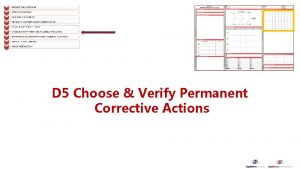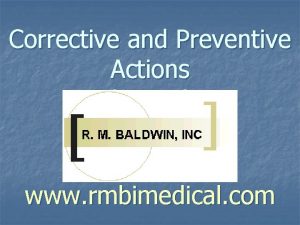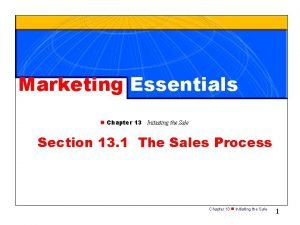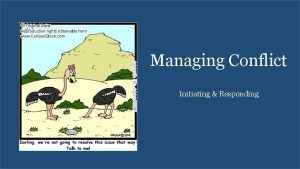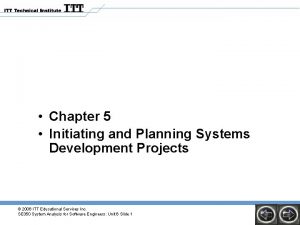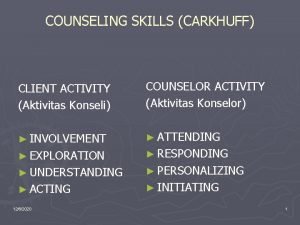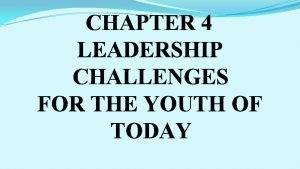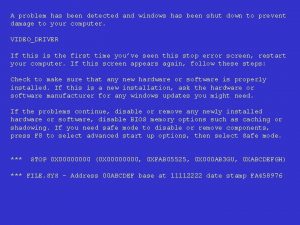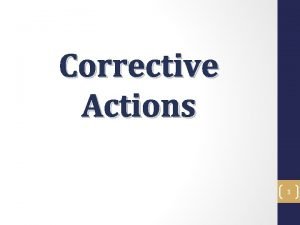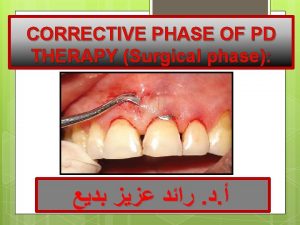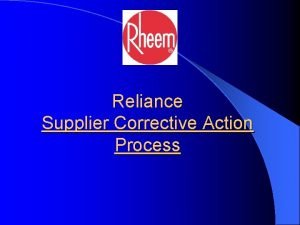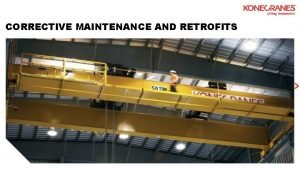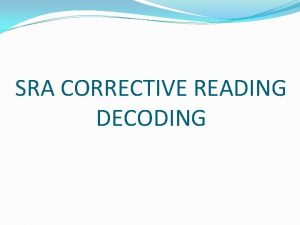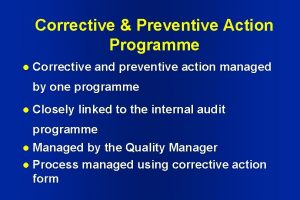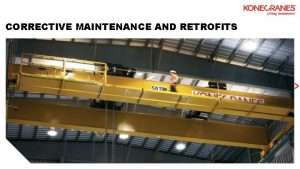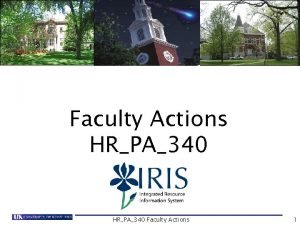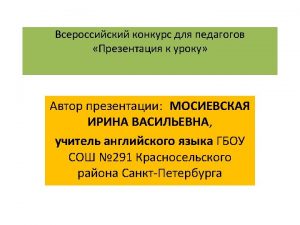Chapter 4 Initiating Corrective Actions Through Knowledge Cooperation











- Slides: 11

Chapter 4: Initiating Corrective Actions Through Knowledge & Cooperation Hannah French Chelsea Ermer

Prevention is the Key Students should avoid materials that may make them sick & techniques that can injure them As a teacher you should know about the materials you are using & the potential safety hazards that exist DO YOUR RESEARCH!

General Art-Making Space Conditions Housekeeping Tools & Equipment Lightning Ventilation

Current Practices Instructional methods Students’ responsibility Monitoring procedures Art activity space management

Age & Risk Group Bodily development Human weakness Exposure accumulation Skill development

Materials & Activities Toxicity Ingestion, inhalation, & absorption through the skin Power tools Activities in the curriculum

Pre-Assessment Finding out what students already know is another important part of introducing a new art lesson Pre-activity tests can explain what students already know & what they need to learn regarding safety procedures

Pre-Assessment Pre-assessment test will provide the following information: Have they done this process before in another school or class? Have they already mastered the skills required? Do they know how to use the necessary tools? Do they understand the possible hazards of the process? Do they have any examples of previous works? What are different ways you can assess your student’s prior knowledge safety regarding different materials & processes?

Student’s Need to Know… Just like anything else in life, art materials can be dangerous if not handled with care & responsibility There is no need to fear the art materials or processes as long as you know the correct way to use them Just because a student has worked with a material or process before they may be unaware of the proper way to use or do it

Teachers Need to Remember… Students come to the art work space with no real understanding of the dangers involved with the materials or tools they will use Good art-making space management reduces accidents & injuries as well as health problems Less toxic materials can usually be substituted for toxic ones with little or no extra cost Learning how to use tools & equipment correctly & safely is no more difficult than learning how to use them incorrectly

Teachers Need to Remember… Practices learned in art-making activities will be those the students follow elsewhere & in subsequent years What students do & do not know about art process & materials Daily lesson plans should always include health & safety notes We can put students in charge of their own safety with materials but they must prove to us first that they understand the proper safety measures
 Permanent corrective actions
Permanent corrective actions Preventive action program
Preventive action program Chapter 13 initiating the sale
Chapter 13 initiating the sale Bcf model conflict resolution
Bcf model conflict resolution Initiating and planning systems development projects
Initiating and planning systems development projects User requirement
User requirement Mark knapp relationship model
Mark knapp relationship model Attending responding personalizing initiating
Attending responding personalizing initiating Initiating and planning systems development projects
Initiating and planning systems development projects Initiating camaraderie and smooth relationship
Initiating camaraderie and smooth relationship Initiating process group
Initiating process group Problem has been detected
Problem has been detected
